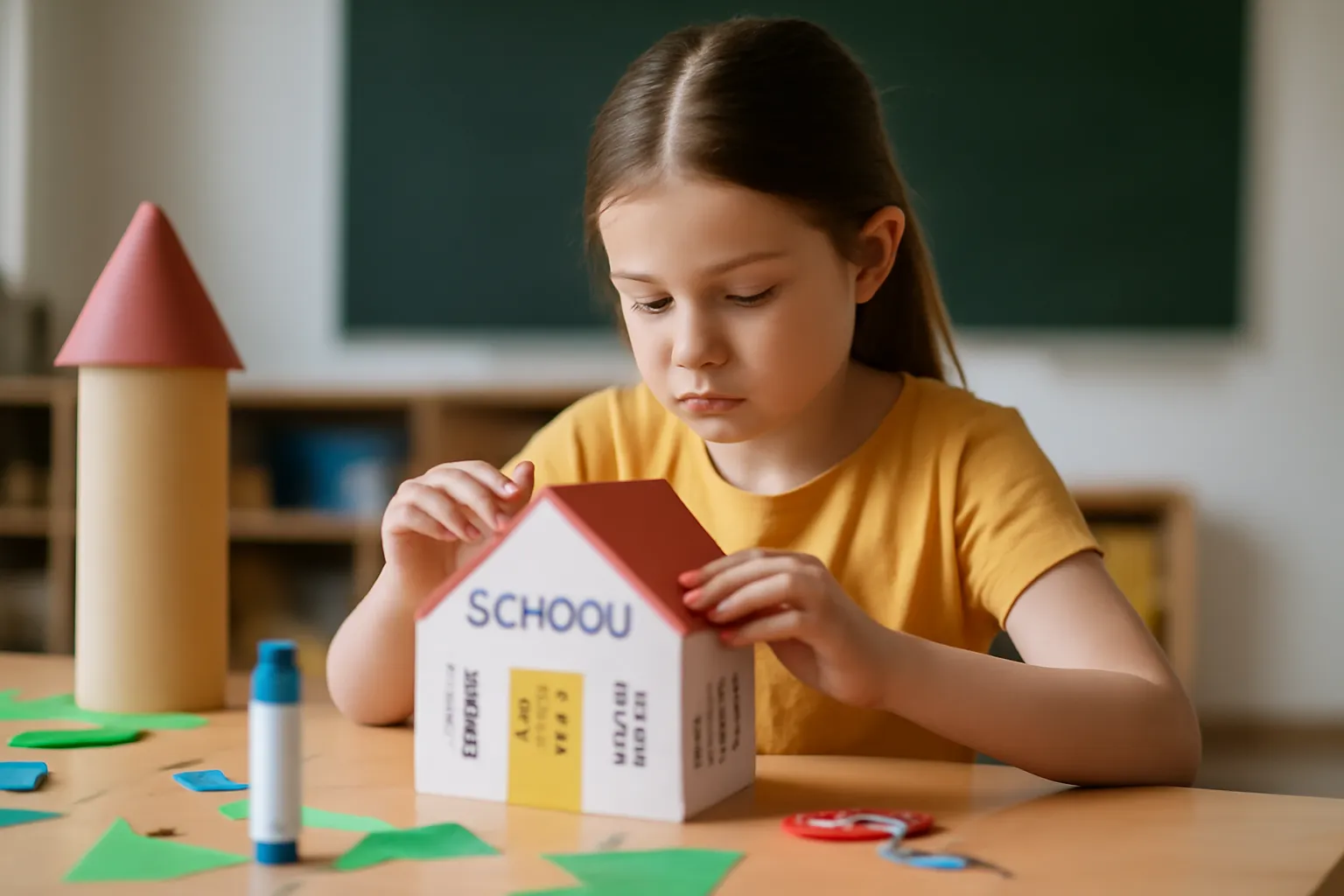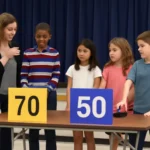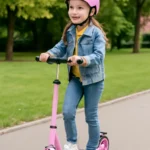Curious about how elementary school students engage in school-building activities? Discover how these programs foster creativity and learning. Find out why these activities are perfect for young minds.
Elementary School Student Making Activities: Fostering Creativity and Hands-On Learning
Creating school models and engaging in hands-on activities are vital components of elementary education. These projects encourage young students to think creatively, solve problems, and learn how to work collaboratively. By participating in activities like constructing model schools, children not only develop fine motor skills but also gain a deeper understanding of spatial reasoning and design concepts.
In an elementary school setting, these activities often begin with the simple task of designing a school model. Using materials like cardboard, glue, and markers, students bring their vision of a school to life. They might choose to build a miniature version of their own school or create an entirely fictional one. The process itself is educational: students measure, plan, and execute their designs—skills that extend well beyond the craft table. They practice project management, follow step-by-step instructions, and even learn how to adapt when things don’t go as planned.
For example, consider a student who is tasked with building a model of a school. First, they sketch out a blueprint of how they imagine the building to look. After gathering materials, they begin cutting out walls, folding roofs, and assembling their creation. Along the way, they will have to make decisions about how to balance aesthetics with practicality—such as ensuring the walls are sturdy enough to support the roof but still leave room for windows and doors.
The beauty of such activities is that they cater to all learning styles. While some students might excel in the more artistic aspects of the project, others may thrive in the technical aspects, like ensuring structural integrity or calculating dimensions. Regardless of the approach, students learn valuable skills that they will carry with them into future academic and real-world settings.
Want to dive deeper into this topic?
Recommended Activities for Elementary School Students: Engaging and Educational Fun
When considering activities that are not only fun but also educational, school-building exercises top the list. These activities have been recommended by educators and child development experts for their ability to engage a range of skills in young students. For instance, constructing school models helps children understand architecture, teamwork, and how to follow detailed instructions—all of which are essential skills for their overall growth.
Educational experts recommend incorporating activities that foster both cognitive and emotional development. Through group projects, students learn how to collaborate and share ideas. This not only promotes critical thinking but also teaches the importance of effective communication. Imagine a classroom where every child brings their own ideas to the table, whether it’s a unique window design or a school garden concept. By working together, they collectively contribute to building a more complete model.
Additionally, these types of activities encourage students to think critically. They may have to figure out how to balance materials, determine where different rooms should be placed in the school model, or even how to create a safe and welcoming learning environment. By experimenting and testing their ideas, students develop problem-solving skills that will benefit them across all subjects.
A great example is when a class is asked to design a model of a “dream school.” Some students might focus on creating spacious classrooms, while others might add fun features like a rooftop playground or an eco-friendly garden. Through this, they learn that creativity has no boundaries and that collaboration brings about better results.
Want to explore more ideas for your child’s school projects?
Elementary School Student Making Programs: Enhancing Educational Growth
“Making” programs in schools are designed to go beyond the classroom setting and engage students in a variety of creative and hands-on tasks. These programs, including model-building activities, are structured to spark a sense of curiosity in young learners. By exploring different materials and construction methods, students develop a sense of independence and discover their own creative talents.
For schools, implementing these making programs can transform traditional learning into something dynamic and interactive. These programs are tailored to introduce children to various subjects, such as engineering, arts, and mathematics, through fun, practical experiences. Schools that integrate such programs see a significant improvement in student engagement and overall satisfaction. For instance, a “Building a Dream School” program encourages students to explore architecture and design concepts while also incorporating mathematics when measuring and calculating materials.
A particularly effective model is the STEAM (Science, Technology, Engineering, Arts, Mathematics) initiative, which blends subjects in a hands-on context. When students are tasked with constructing a model school, they might need to calculate the area for floor plans (math), consider the best materials for construction (science), and design a beautiful and functional structure (arts). This approach not only brings academic concepts to life but also prepares students for future careers in STEM fields.
Interested in creating a making program for your school?
Conclusion
Incorporating school-building activities and making programs into elementary education nurtures creativity, critical thinking, and teamwork. These activities are more than just fun—they teach students valuable skills that will serve them in the future. Whether designing a school model or participating in a hands-on learning program, students are engaged in a process that enhances their cognitive and social development.
As Albert Einstein once said, “Imagination is more important than knowledge.” Activities that encourage young minds to explore and build are key to developing that imagination. Through such creative projects, children don’t just learn—they build a foundation for lifelong learning and growth.






